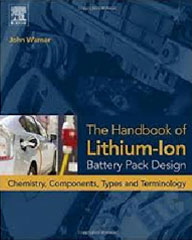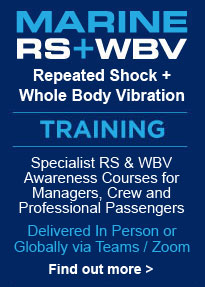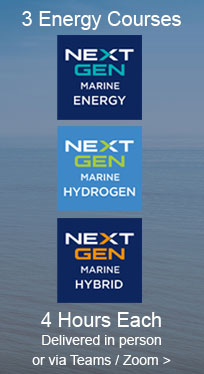The Handbook of Lithium-Ion Battery Pack Design
Dr John Warner has spent the past seven years of his twenty five year career working in various roles in the Lithium-ion battery industry from product management, to project management to marketing and has attempted to help fill that gap with a new book titled “The Handbook of Lithium-Ion Battery Pack Design” published by Elsevier Publishing. The book is available through the Elsevier website as well as through major online book sellers such as Amazon.com and Barnes & Noble.
By Dr John T Warner

Introduction by Dr Warner - 2015
"This book is intended to introduce a variety of topics that surround Li-ion batteries and battery design at a detailed enough level to make batteries understandable for the “layman.” If you are an engineer, you will swiftly understand these concepts. However, if you are like many of us and are not an engineer, then this book will help you make sense of the world of Li-ion batteries and be able to speak intelligently about them. The concepts in this book are focused on vehicle electrification, but are also relevant to many other applications including stationary energy storage, marine and offshore vessels, industrial motive, robotics, and other types of electric applications. In essence, this book is intended to take the mystery out of modern battery applications. But let me make a disclaimer as we get started, this book is not intended to make you a battery engineer nor is it intended to replace your battery engineering team. It is instead a tool to add to your tool kit."
Comment by Dr Warner - 2015
The Lithium-ion Industry’s Knowledge Gap
Over the past 10 years the lithium-ion battery industry has experienced rapid growth, to say the least. With new technologies being introduced regularly continued increases in energy density, dropping cost targets and with now more than 100 companies (and nearly another 100 emerging companies) developing and producing lithium-ion batteries throughout the world change has become the norm. Yet there still exists a knowledge gap in the industry. That gap is in the area of education and training. With this rapid industry growth there have been many hundreds of people entering the lithium-ion battery industry that may have significant experience within their particular field of expertise but who have not worked in the battery industry before. As of today there are few tools available to these people to give them even the most basic understanding of the battery world. Only a very few universities offer courses on batteries and even fewer have complete battery engineering programs. And most companies are working to develop their own training materials on batteries, but with little consistency.
Dr John Warner says, 'This book is intended to introduce a variety of topics that surround Li-ion batteries and battery design at a detailed enough level to make batteries understandable for the “layman.” If you are an engineer, you will swiftly understand these concepts. However, if you are like many of us and are not an engineer, then this book will help you make sense of the world of Li-ion batteries and be able to speak intelligently about them. The concepts in this book are focused on vehicle electrification, but are also relevant to many other applications including stationary energy storage, marine and offshore vessels, industrial motive, robotics, and other types of electric applications. In essence, this book is intended to take the mystery out of modern battery applications. But let me make a disclaimer as we get started, this book is not intended to make you a battery engineer nor is it intended to replace your battery engineering team. It is instead a tool to add to your tool kit.'








